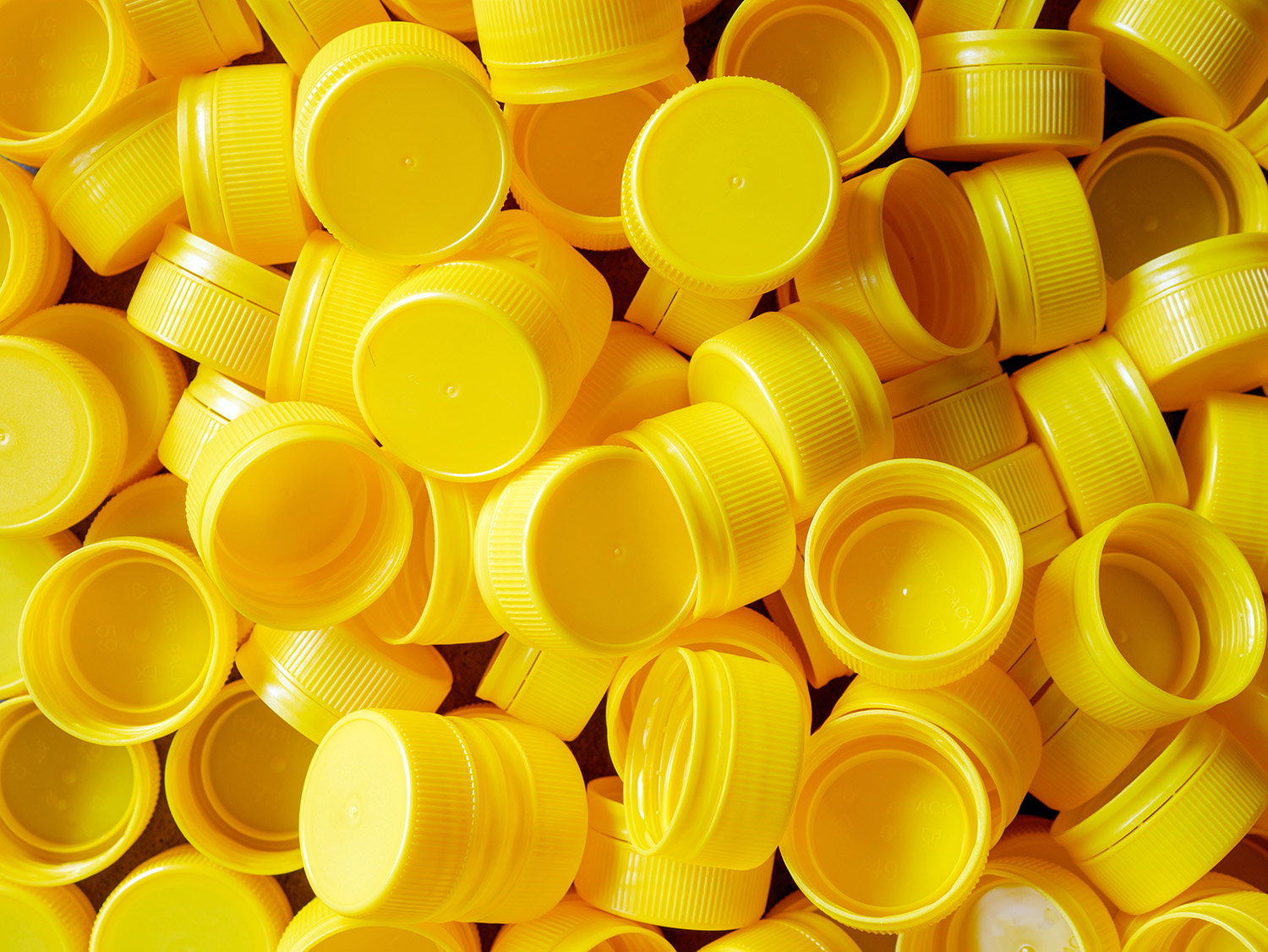Knowledge Base
Top Mold Release Agents for Faster, Cleaner Molding
Whether you're molding plastics, composites, rubber, or polyurethane, selecting the right mold release agent can significantly impact your production efficiency. The surface finish, cycle time, mold maintenance, and even product quality all hinge on how well your release agent performs. However, with numerous options available on the market, how do you determine which one is best suited for your operation?

Understanding Mold Release Agents and Why They Matter
A mold release agent is a chemical used to prevent molded parts from sticking to the surfaces of molds. Whether it's for injection molding, compression molding, or other molding processes, a proper release agent reduces friction, minimizes surface defects, and extends mold life. The two primary categories, solvent-based mold release agents and water-based mold release agents, each have their own unique characteristics, benefits, and challenges.
Understanding the differences between them is essential for optimizing your molding process and achieving consistent, high-quality results.
What Are Solvent-Based Mold Release Agents?
Solvent-based types of mold release agents are formulated with active ingredients dispersed in a hydrocarbon or alcohol-based solvent. They are known for fast drying, high efficiency, and excellent performance even in challenging molding conditions.
Pros of Solvent-Based Mold Release Agents
- Fast Drying Time: One of the standout advantages is their rapid evaporation rate. This feature allows for faster production cycles and minimal downtime between applications.
- Superior Surface Finish: These agents provide a smooth, uniform coating, making them ideal for products requiring a flawless finish.
- Effective at High Temperatures: Solvent-based formulas excel in injection molding environments and other high-heat applications.
- Low Humidity Sensitivity: They are less impacted by ambient moisture, ensuring reliable performance in varied climates.
Cons of Solvent-Based Mold Release Agents
- Flammability and Safety Concerns: Due to their volatile organic compounds (VOCs), these agents present fire hazards and require careful storage and handling.
- Environmental Impact: The release of VOCs into the atmosphere is a concern for both workplace air quality and environmental compliance.
- Higher Regulatory Burdens: Users must often comply with stringent safety and environmental regulations, especially in regions with strict emissions laws.
Solvent-based mold release agents are best suited for demanding applications where drying time and finish quality are critical. However, these advantages must be weighed against health and environmental risks.
What Are Water-Based Mold Release Agents?
Water-based types of mold release agents use water as the carrier, rather than organic solvents. These formulations have surged in popularity due to increasing environmental regulations and a growing emphasis on worker safety and sustainability.
Pros of Water-Based Mold Release Agents
- Lower Environmental Impact: Free from harmful solvents, these agents reduce VOC emissions and help facilities meet eco-conscious goals.
- Improved Worker Safety: They are non-flammable and less hazardous, contributing to a safer workplace.
- Cost-Effective Over Time: Though they may require more careful application, their reduced safety gear and ventilation needs can result in long-term savings.
- Versatile Application Methods: Many water-based products can be applied using sprays, wipes, or automated systems, depending on the molding surface.
Cons of Water-Based Mold Release Agents
- Slower Drying Time: Because water evaporates more slowly than solvents, cycle times may increase unless additional heat is applied.
- Humidity Sensitivity: High humidity environments can affect drying rates and application consistency.
- Surface Finish Considerations: Achieving the same level of polish and uniformity as a solvent-based release may require fine-tuning of the formulation to ensure optimal results.
Water-based release agents are ideal for companies prioritizing sustainability, safety, and long-term compliance. However, manufacturers must be prepared to make adjustments to their processes to accommodate longer drying times and potential variations in application.
Find Your Perfect Release Agent
Choosing the Right Types of Mold Release Agents for Your Applications
Deciding between solvent-based and water-based mold release agents isn't always straightforward. It requires a thoughtful evaluation of your application requirements, production goals, and regulatory environment.
- If speed and surface finish are your top priorities, especially in high-heat injection molding, solvent-based options may be more suitable.
- If your focus is on eco-friendliness, safety, and regulatory compliance, water-based agents offer a viable and modern solution.
Application methods, molding surface materials, and part design all influence which type of agent will perform best. Some manufacturers even use hybrid approaches or tailor their agent choice to specific product lines.
Elevate Your Molding Process with Expert-Grade Solutions
When it comes to optimizing your mold release strategy, expertise and innovation matter. Stoner Molding offers a full suite of advanced mold release agents, both water-based and solvent-based, engineered for performance, safety, and sustainability.
Whether you're streamlining your injection molding process or seeking a greener alternative, our team is ready to help you select the best solution for your production needs. Contact us today to discover how we can enhance your output, safeguard your molds, and surpass your quality goals.
Shop Now
Unlike many mold release brands, Stoner Molding Solutions formulates, manufactures, and distributes our own products. Check out our full line of mold releases, sealers, cleaners, rust preventatives, and lubricants. In stock products are ready to ship now!
